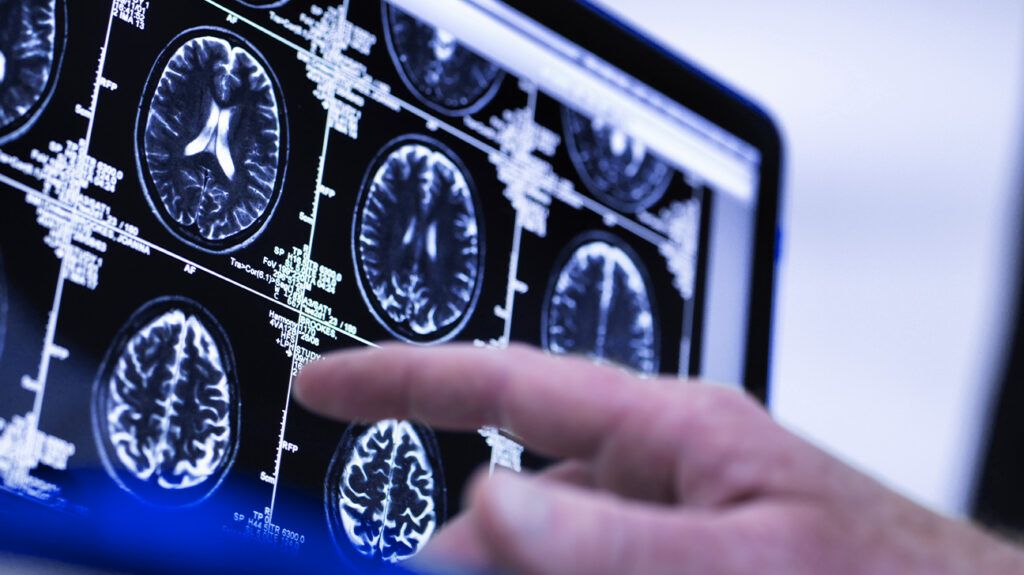New Findings Reveal Active Neuronal Firing in Unattended Working Memory Items

Recent research reveals that unattended items in working memory are actively maintained through persistent neuronal firing, challenging the activity-silent storage hypothesis and advancing our understanding of human memory processes.
Understanding how our brain stores and processes information has long been a focus of neuroscience research. Traditionally, studies suggested that during working memory tasks, specific neurons continue firing to maintain important information temporarily. However, it was hypothesized that unattended items—those not in immediate focus—are stored silently, without ongoing neuronal activity. Recent research published in Nature Human Behaviour challenges this idea.
Researchers from the Polish Academy of Sciences, SUNY Upstate Medical University, Military Hospital in Ełk, and Wroclaw Medical University conducted invasive recordings in human brains to investigate this. Utilizing intracranial EEG and direct neuronal recordings in the temporal lobe, they examined how attended and unattended memories are represented.
In their experiments, participants viewed two images and were asked to remember one while focusing on it. Later, they were instructed to shift attention to the other image. Surprisingly, even when an image was no longer in focus, neurons still displayed active firing patterns associated with its representation. This demonstrates that unattended memories are not stored silently, but continue to be actively maintained by neuronal activity.
This evidence contradicts the activity-silent hypothesis, which posited that unattended items are stored without active neuron firing. Instead, the findings suggest that a significant portion of our working memory, including unattended information, is actively represented and maintained through persistent neuronal activity.
These insights deepen our understanding of human memory, indicating that even when information is outside our immediate focus, it remains actively represented in our brains. This has implications for psychiatric conditions like ADHD, OCD, and schizophrenia, which involve working memory deficits. Future research aims to explore how the brain dynamically switches between maintaining current information and encoding new data, with potential applications in neural implants and therapeutic interventions.
Source: Medical Xpress
Stay Updated with Mia's Feed
Get the latest health & wellness insights delivered straight to your inbox.
Related Articles
Single Brain Scan Could Predict Risk of Age-Related Conditions Like Dementia
A new MRI-based biomarker, DunedinPACNI, developed by researchers, can predict individual aging rates from a single brain scan at midlife, enabling early intervention for age-related diseases like dementia.
Study Highlights Disparities in Child Gun Injuries Based on Neighborhood Opportunity
Children in disadvantaged neighborhoods face up to 20 times higher risk of gun injuries. A new study highlights the importance of neighborhood conditions and targeted prevention to reduce firearm-related hospitalizations among youth.
California Successfully Expands Emergency Department-Based Addiction Treatment Nationwide
California's CA Bridge program has successfully expanded addiction treatment in over 80% of emergency departments, engaging thousands and increasing buprenorphine prescriptions, showcasing a scalable model for nationwide implementation.
Innovative Imaging of Oxytocin Receptor Paves the Way for Advances in Breast Cancer and Autism Research
New fluorescent tracers developed at the University of Vienna enable precise visualization and activation of the oxytocin receptor, unlocking new research and therapeutic possibilities for breast cancer and autism spectrum disorder.



